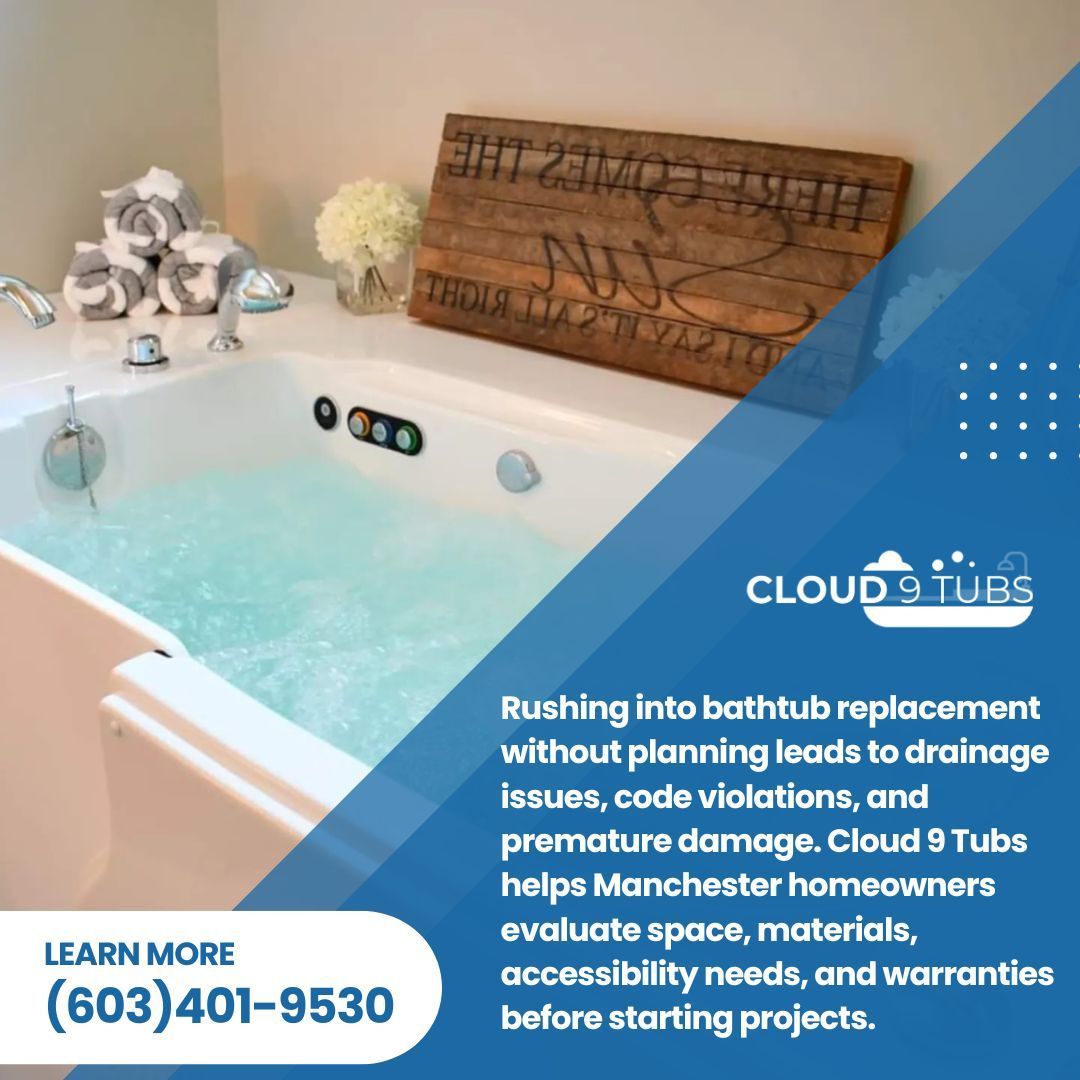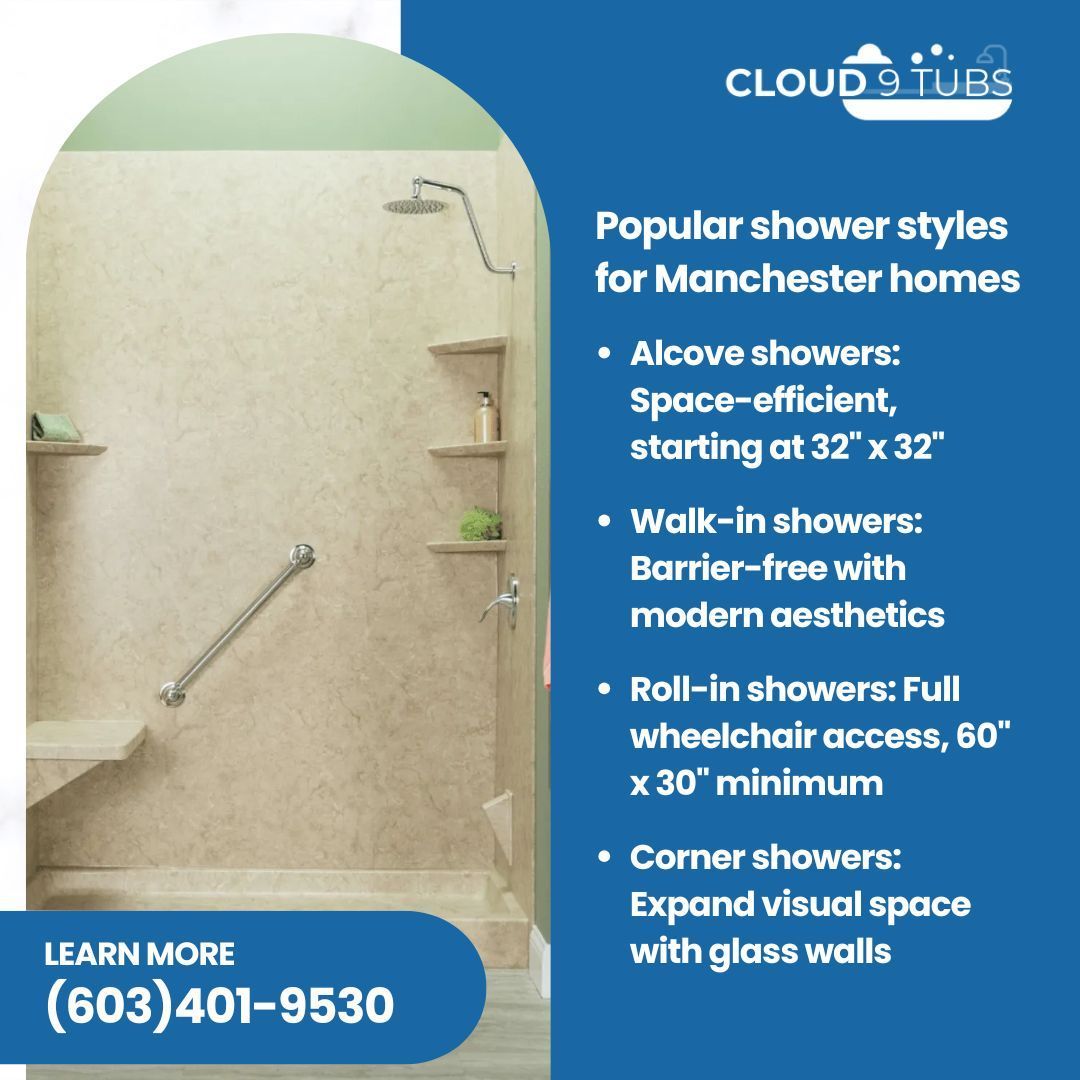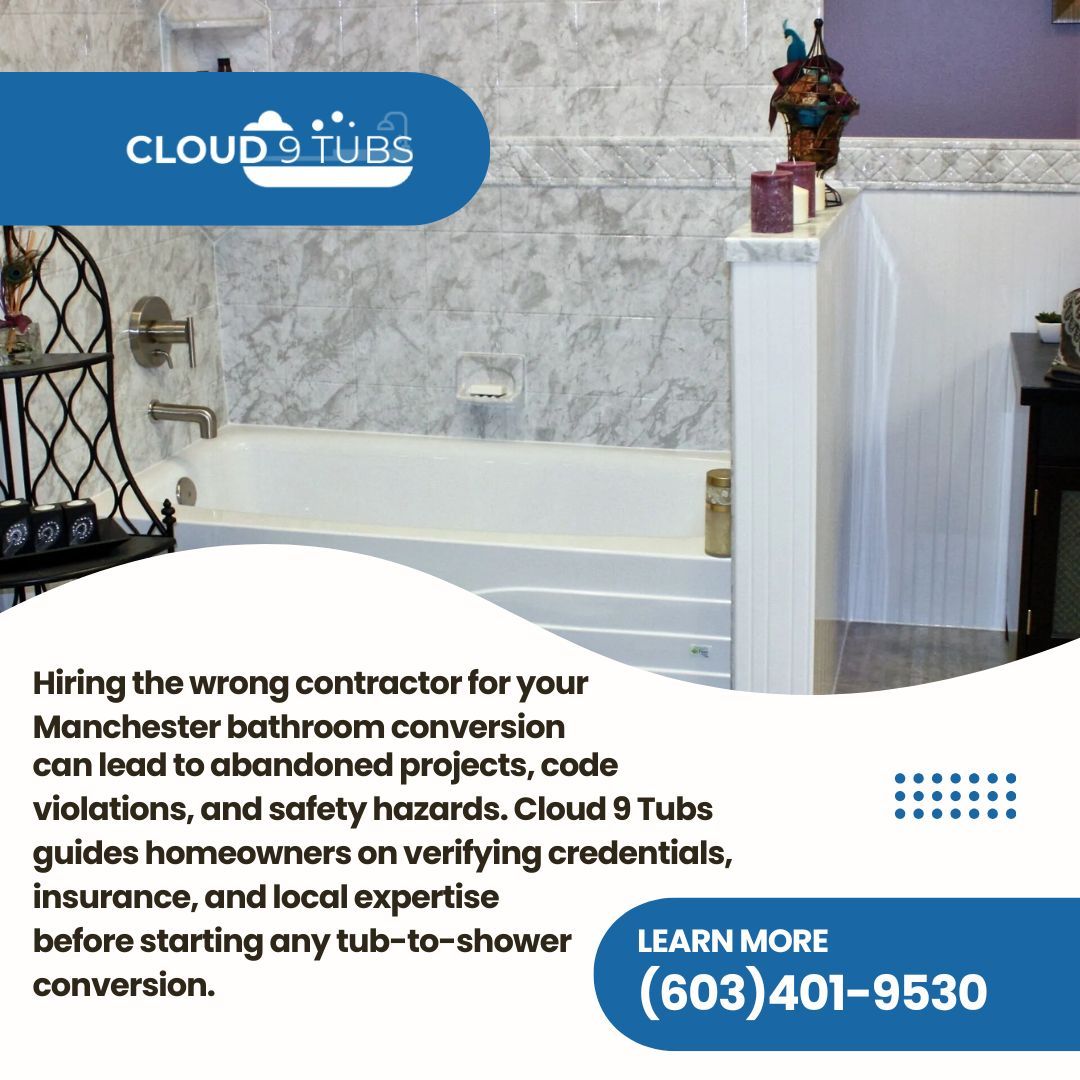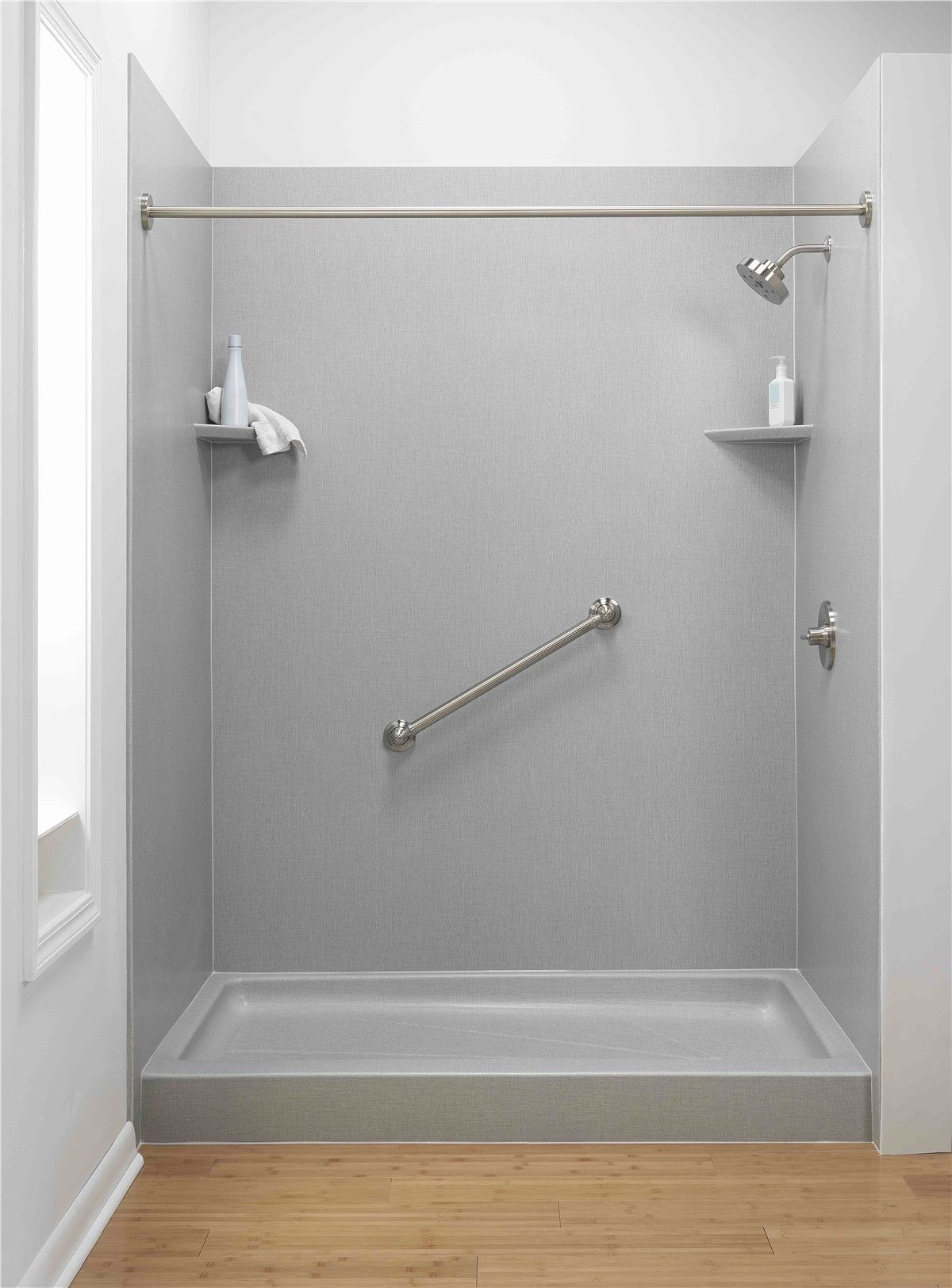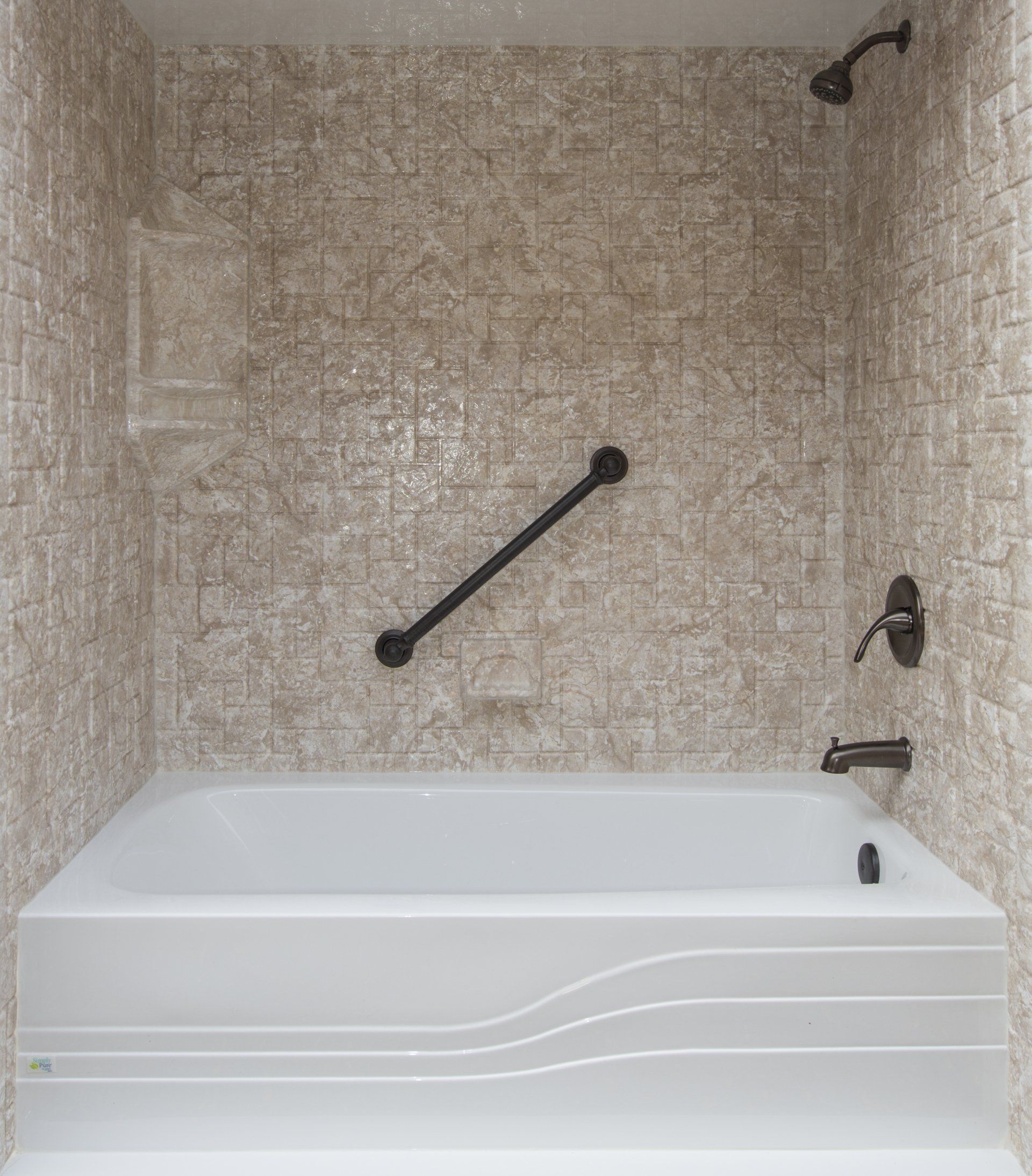Transform Your Bathroom with a Wheelchair Accessible Shower: The Ultimate Guide for Safety and Comfort
When it comes to creating a safe and comfortable bathroom environment, especially for individuals with mobility challenges, a wheelchair accessible shower is an essential upgrade. These showers are designed to provide easy access, reduce the risk of slips and falls, and ensure that everyone can enjoy the independence and dignity of bathing safely.
At Cloud 9 Tubs, we understand that every person’s needs are unique. That’s why we offer personalized solutions that not only enhance the safety of your bathroom but also bring a touch of style and luxury. Whether you’re planning a bathroom renovation for yourself or a loved one, a wheelchair accessible shower can be a game-changer, making daily life significantly easier and more enjoyable.
But why should you consider this upgrade? Let’s talk about some of the key benefits of installing a wheelchair accessible shower in your home.
One of the most significant advantages of a wheelchair accessible shower is the peace of mind it provides. Traditional showers and bathtubs can pose serious risks for those with limited mobility, making daily routines not only challenging but also potentially dangerous. A wheelchair accessible shower eliminates those risks by offering a design that prioritizes safety.
Enhanced Safety Features
Wheelchair accessible showers are built with a range of safety features that make bathing easier and safer. These features typically include low or no-threshold entries, which allow for easy access without the need to step over high barriers. This reduces the risk of tripping, which is a common cause of bathroom injuries. Additionally, non-slip flooring and strategically placed grab bars provide extra support, ensuring stability and confidence while bathing.
Convenience and Independence
For many individuals, the ability to bathe independently is a matter of dignity and self-sufficiency. A wheelchair accessible shower allows users to maintain their independence, reducing the need for assistance from others. The spacious design accommodates a wheelchair or a shower chair, making it easier to move around without feeling restricted.
At Cloud 9 Tubs, we’re passionate about providing solutions that cater to these needs, allowing our customers to enjoy their daily routines with as much independence as possible. We believe that these showers not only enhance the safety of your home but also contribute to a higher quality of life.
Customizable and Stylish
Just because a shower is accessible doesn’t mean it has to look institutional. At Cloud 9 Tubs, we specialize in creating beautiful, modern designs that blend seamlessly with your home’s aesthetic. Our showers are customizable, meaning you can choose from a variety of finishes, fixtures, and styles that reflect your personal taste. We believe that safety and style can go hand-in-hand, and our goal is to provide you with a bathroom that is both functional and beautiful.
By choosing a wheelchair accessible shower, you’re not just making a practical decision; you’re investing in a solution that will improve your daily life and add value to your home.
Contact us today and we can help!
Blog
